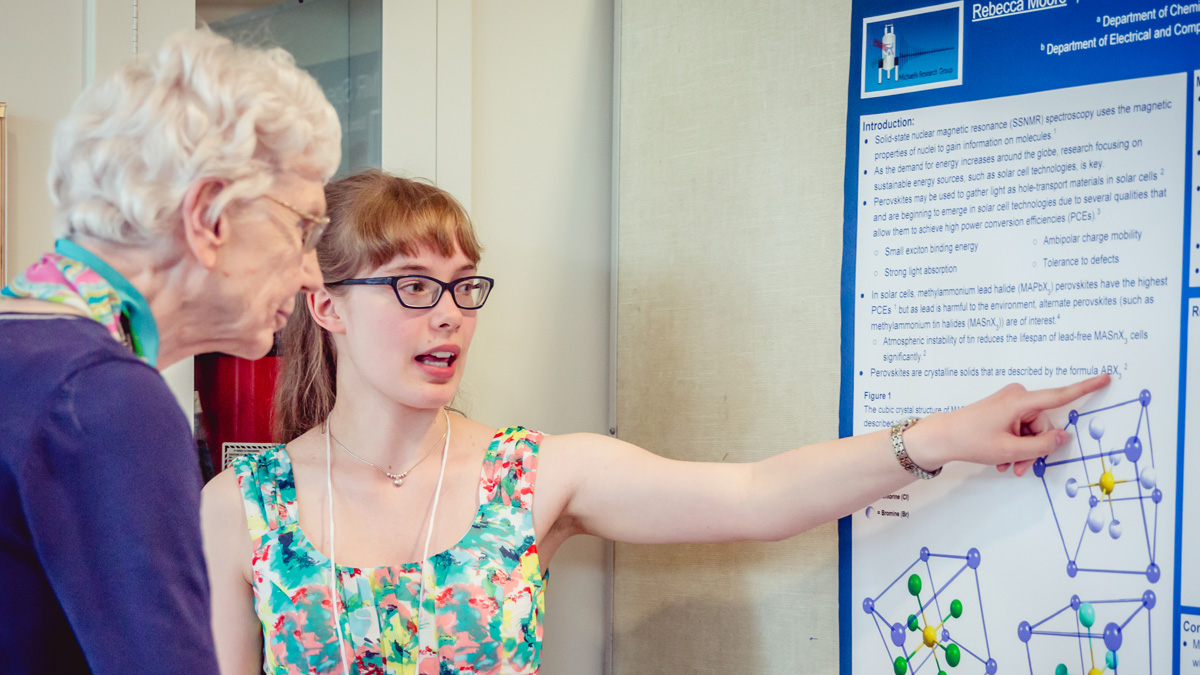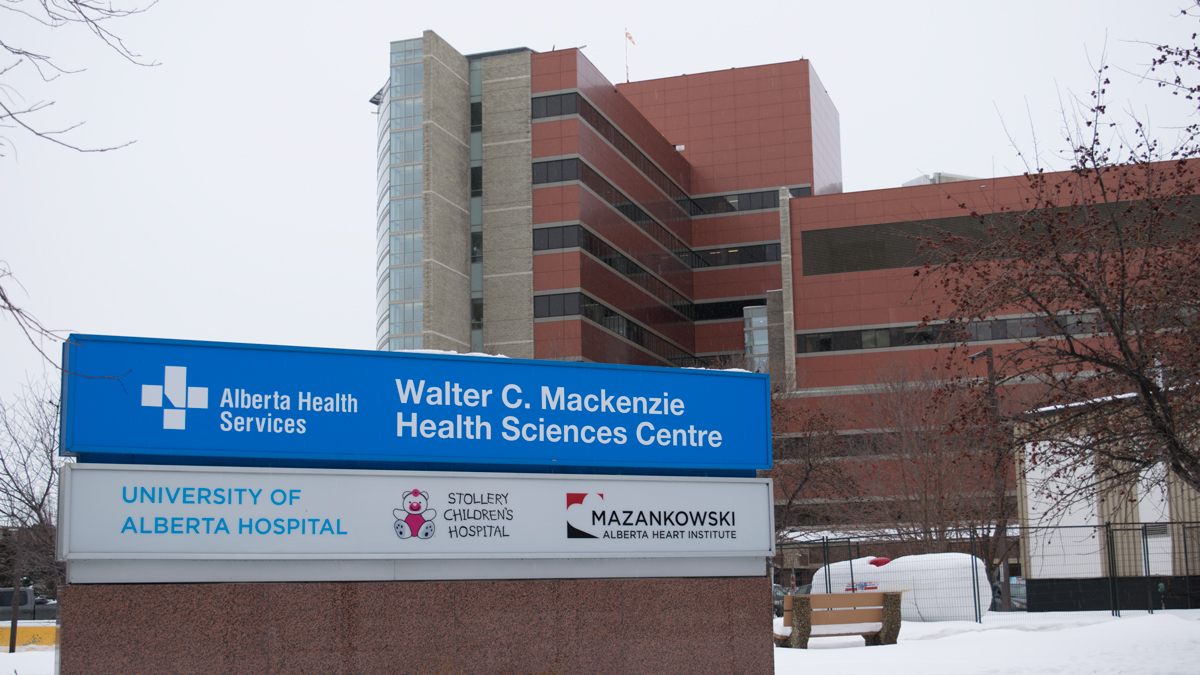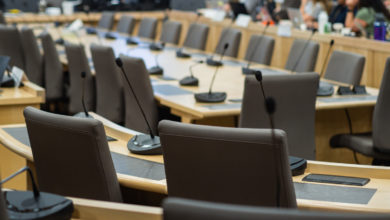Onward and Outward: WISEST is celebrating its 35th birthday
 Ana Cataneau
Ana CataneauThis year, Women in Engineering, Science, and Technology (WISEST), one of the University of Alberta’s oldest women’s associations, is celebrating its 35th anniversary.
The organization was formed when Gordon Kaplan, the university’s first Vice-President (Research) walked into his seminar on microprocessors in 1982 and noted that of the 150 participants present there was only one woman.
“Gordon Kaplan realized that there was a lack of women in leadership roles specifically in the sciences and engineering on campus and that led to a working group that came together,” said Fervone Goings, the coordinator of WISEST.
WISEST originally consisted of 20 people including Margaret-Ann Armour, the University of Alberta’s only ever Associate Dean of Science for diversity. They created an organization that strives to give girls the self-confidence to pursue a STEM career, along with the experiences, tools, networking, and mentorship, to achieve it.
Over the past 35 years, WISEST has expanded massively and thousands from elementary to graduate level have attended its programs. 16,219 students have gone through the Choices program, a one-day event where grade six girls and their teachers come to the University of Alberta and participate in science activities such as learning about 3D printing, casting fossils, or how to extract DNA from a banana.
1,488 students have attended the Summer Research program for grade 11 students, where participants work as paid research assistants for six weeks in a field that is outside their traditional gender role. For example, the girls conduct research in the faculties of Engineering and Science and the boys in the faculty of Nursing, Nutrition or the Department of Human Ecology.
The SET conference for high school students, a one-day event where attendees learn about science, engineering, and technology (SET) careers from women working in those fields, as well as experience what it is like to be a science student, has had 3,374 students attend. The high schoolers participate in lab activities, explore campus, and talk to current students. All these programs serve to introduce young girls to the sciences early and make them aware of the opportunities available to them.
“We’ve intersected their lives and shown them that science and engineering are viable options for their education,” Goings said.
As for the future of WISEST, Goings said the organization is trying to encourage Indigenous and rural students to also study STEM. This includes bringing programs out to rural areas for students who can’t come to campus to attend events. WISEST also seeks to address some of the more underlying reasons girls are discouraged by STEM fields, such as unconscious bias, risk-adversity, and the caring career vs STEM career dichotomy. The goal is to help students see things beyond current boundaries and expand their horizons.
“Our three pillars are outreach, education, and mentorship and they’re all outward focused,” Goings said. “They’re all about creating opportunities for people to think beyond themselves, to think outside their current perspective.”




